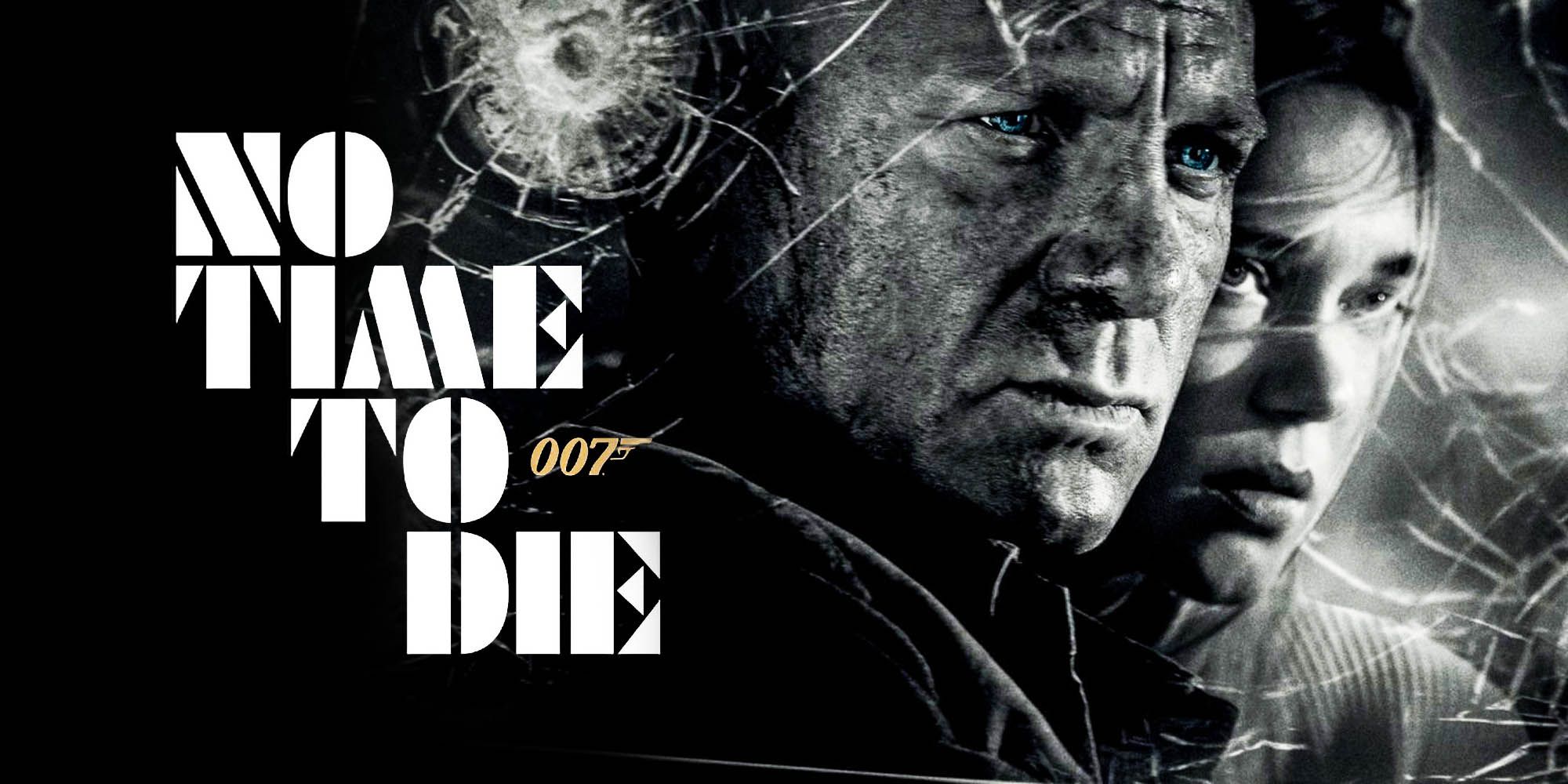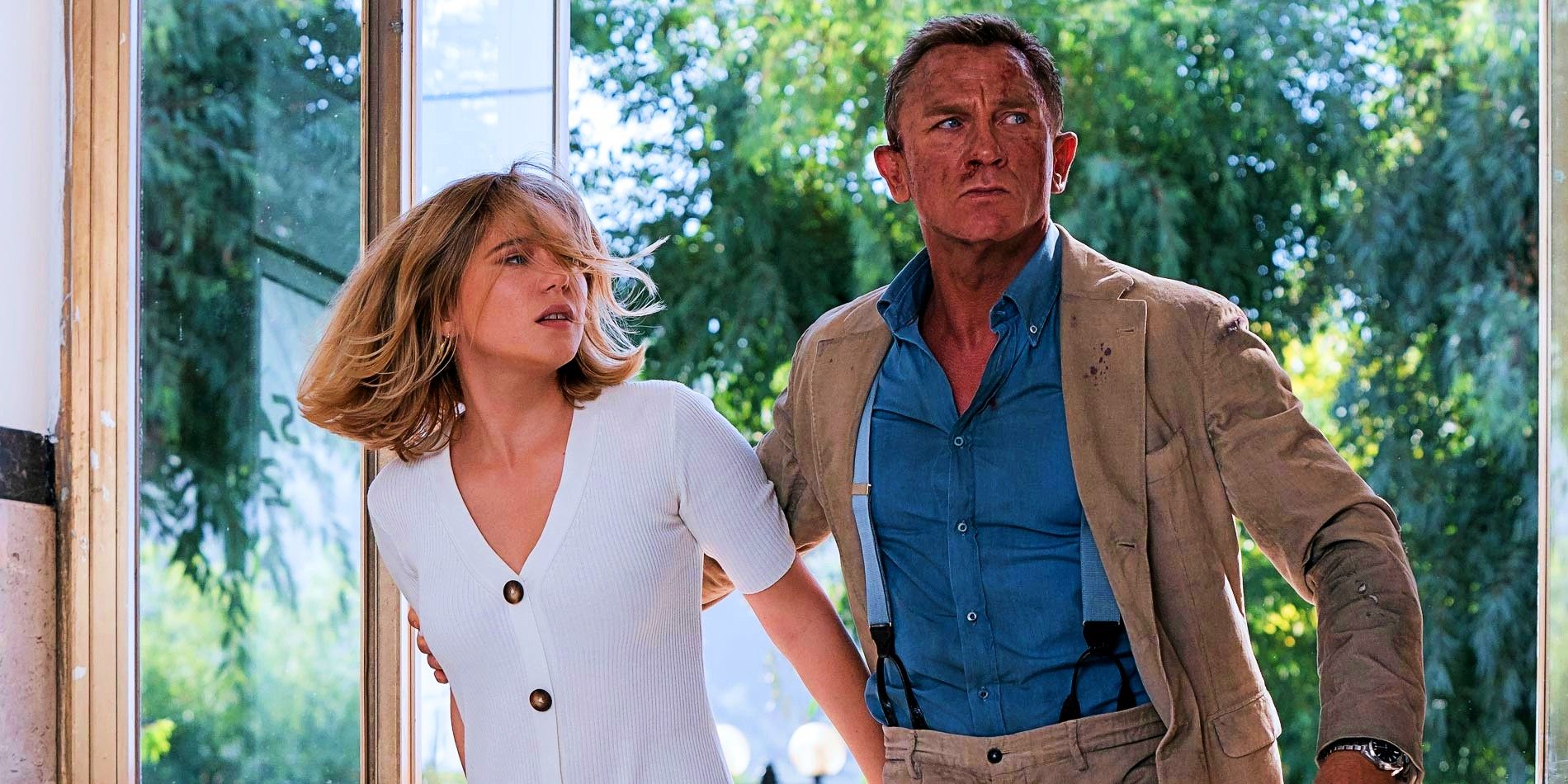No Time To Die: Opening Credits Explained

Warning: Major spoilers ahead for No Time To Die
The No Time To Die signal the end of Daniel Craig's time as James Bond for one final adventure. The movie is the 25th official James Bond film and the 5th movie for Craig's interpretation of the character over a 15 year period. Like every Bond movie to date, the new film features an elaborate and highly stylized opening sequence that foreshadows much of what's to follow. Just as with all its predecessors, No Time To Die's credits have a lot to unpack.
Dating back to Bond's cinematic debut in 1962's Dr. No (where there was a flurry of multi-colored dots flashing on the screen while the Bond theme played), the opening credits set the tone for the film. They are just as important fixtures for the James Bond franchise as the Gunbarrel or the title song that plays over them. Designer Maurice Binder was responsible for title sequences for 16 of the first 17 Bond films before Daniel Kleinman took over for Goldeneye onwards (with the exception of Quantum of Solace). Unsurprisingly, No Time To Die carries on the tradition.
Kleinman returns for his 8th James Bond opening credits title sequence with No Time To Die, once again stylishly designing the sequence to convey the mindset of Bond, as well as the plot of the film. The key themes displayed are betrayal, and time, with numerous images of hourglasses and clocks throughout. The film itself takes inspiration from fan-favorite On Her Majesty's Secret Service, including the song We Have All the Time in the World", referring to Bond and Madeleine spending the rest of their lives together. Bond utters the phase at the start of No Time To Die before a heart-wrenching call back to it in the finale. The hourglasses represent all the time in the world, but when they are broken so is Bond's heart thinking (wrongly) that Madeleine has betrayed him.

Images of Vesper Lynd from Casino Royale are included alongside Madeleine, in order to tie her in with Vesper in the audience's mind as both deceiving James Bond. Madeleine's secret however is vastly different than the one Vesper kept from him. Throughout the opening credits the lyrics in Billie Eilish's title song No Time To Die" echo the theme of betrayal. Furthermore, Bond's Aston Martin sinking is representative of him leaving behind his former life. The famous gadget-laden car is instantly recognizable and iconic as anything in the pantheon of Bond. To have it sink into the depths is powerful imagery that Bond has given up his days of saving the world for Queen and country.
Another feature of the opening credits is the DNA sequences using guns and bullet trails to mimic the double-helix structure. It's impressive imagery and offers a hint at the importance of DNA in the film. The villain Safin uses a stolen nanobot bioweapon that spreads like a virus upon touch, and are coded to specific DNA strands so that they are only dangerous if programmed to an individual's genetic code. On a deeper level, it could also represent Bond's DNA, passed on through his and Madeleine's daughter (the secret she kept from him).
Along with No Time To Die's opening pre-title sequence, the opening credits are often mini-works of art in their own right. Kleinman's in particular are often filled with easter eggs that are impossible to all take in in a single viewing. No Time To Die's opening credits are no different, with references to Dr. No (the dots return), On Her Majesty's Secret Service (the hourglasses), and even Thunderball (a diver is seen at one point) sprinkled throughout the expertly crafted sequence.